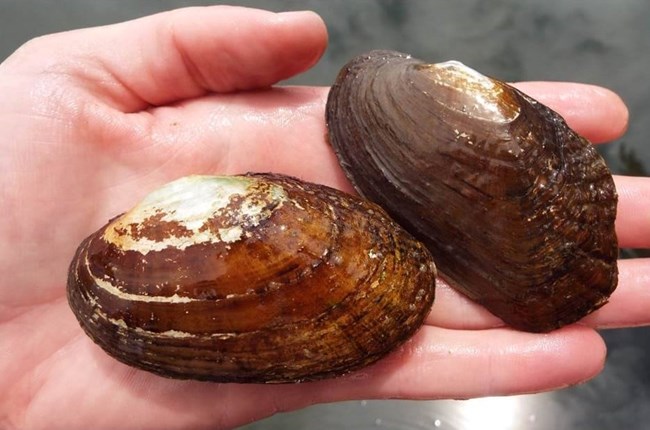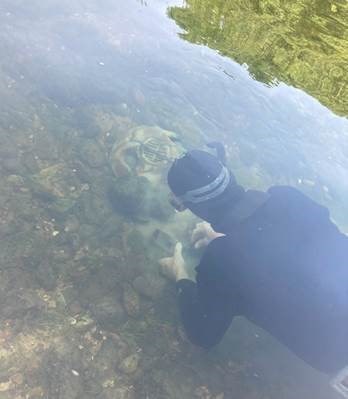Part of a series of articles titled Buffalo National River Science Spotlights.
Article
Mussels: Flexing for Water Quality

Texas Parks & Wildlife
highly sensitive to ammonia and nitrates, common chemicals that pollute waterways. Continued water pollution and habitat changes have caused mussels to become one of the most rapidly declining animal groups in the United States. Of nearly 300 species of mussels native to North America, more than 70 percent are considered imperiled (federally vulnerable, threatened, or endangered) and around 35 are presumed extinct. Healthy and diverse mussel populations indicate good water quality and ecosystem health. When mussel populations are in decline, this can indicate potential ecological concerns for other fish and wildlife, and even people.

NPS
Learn more at: https://www.nps.gov/buff/learn/nature/mollusks.htm
Last updated: August 13, 2021
